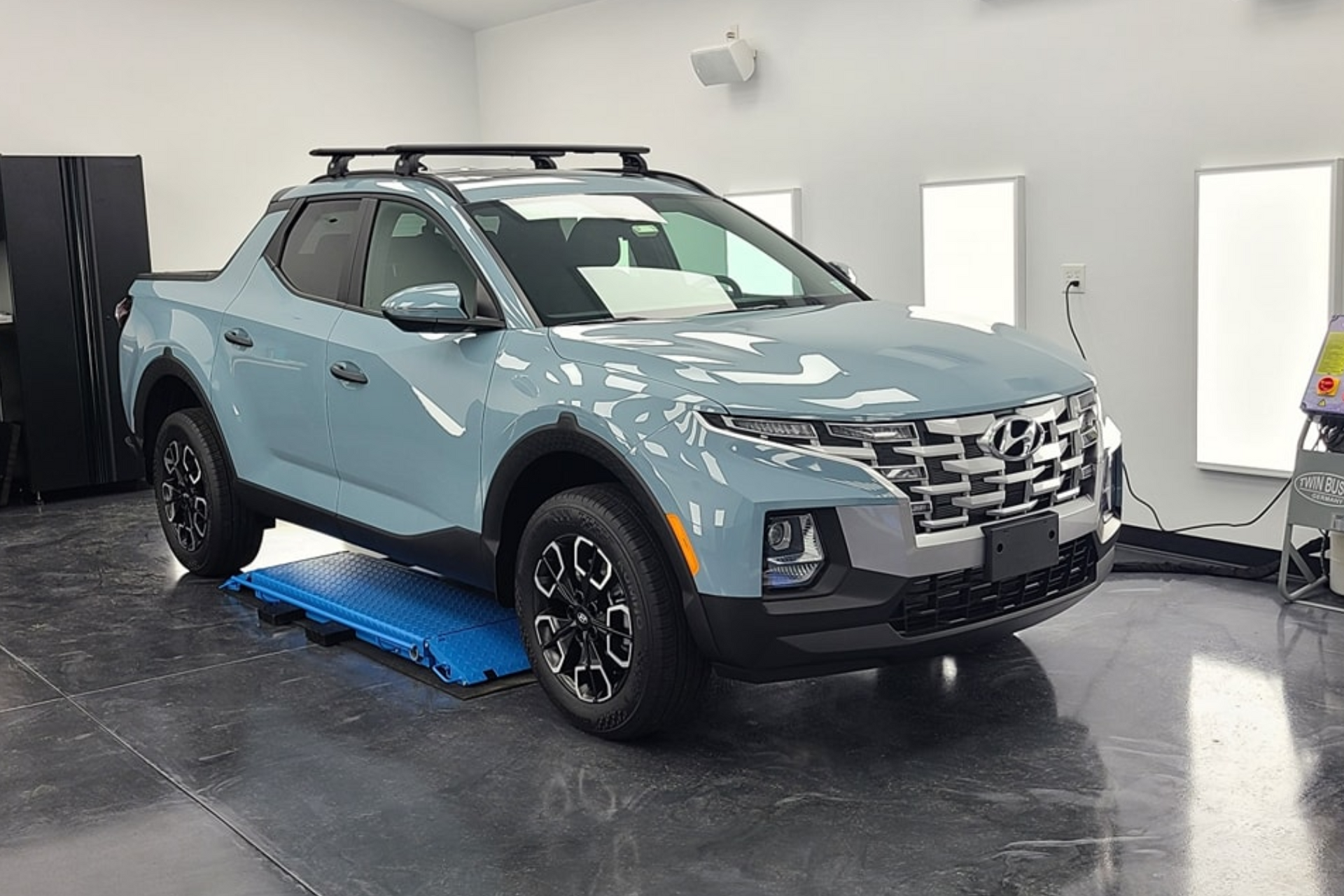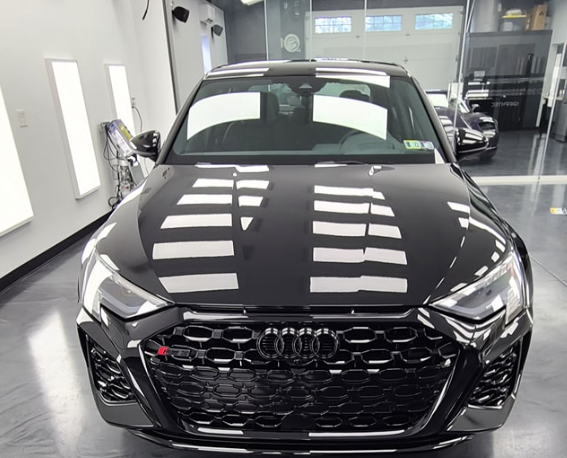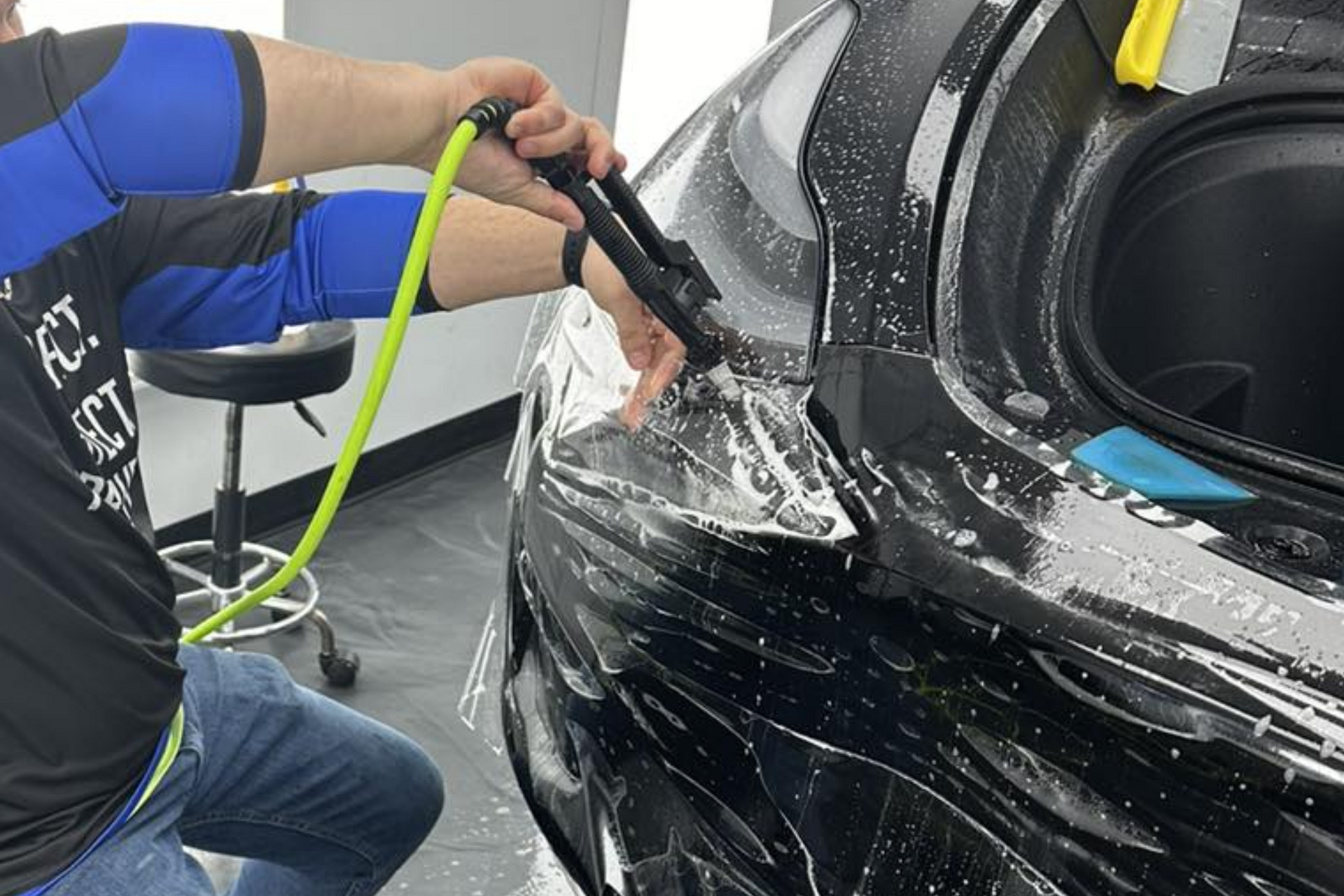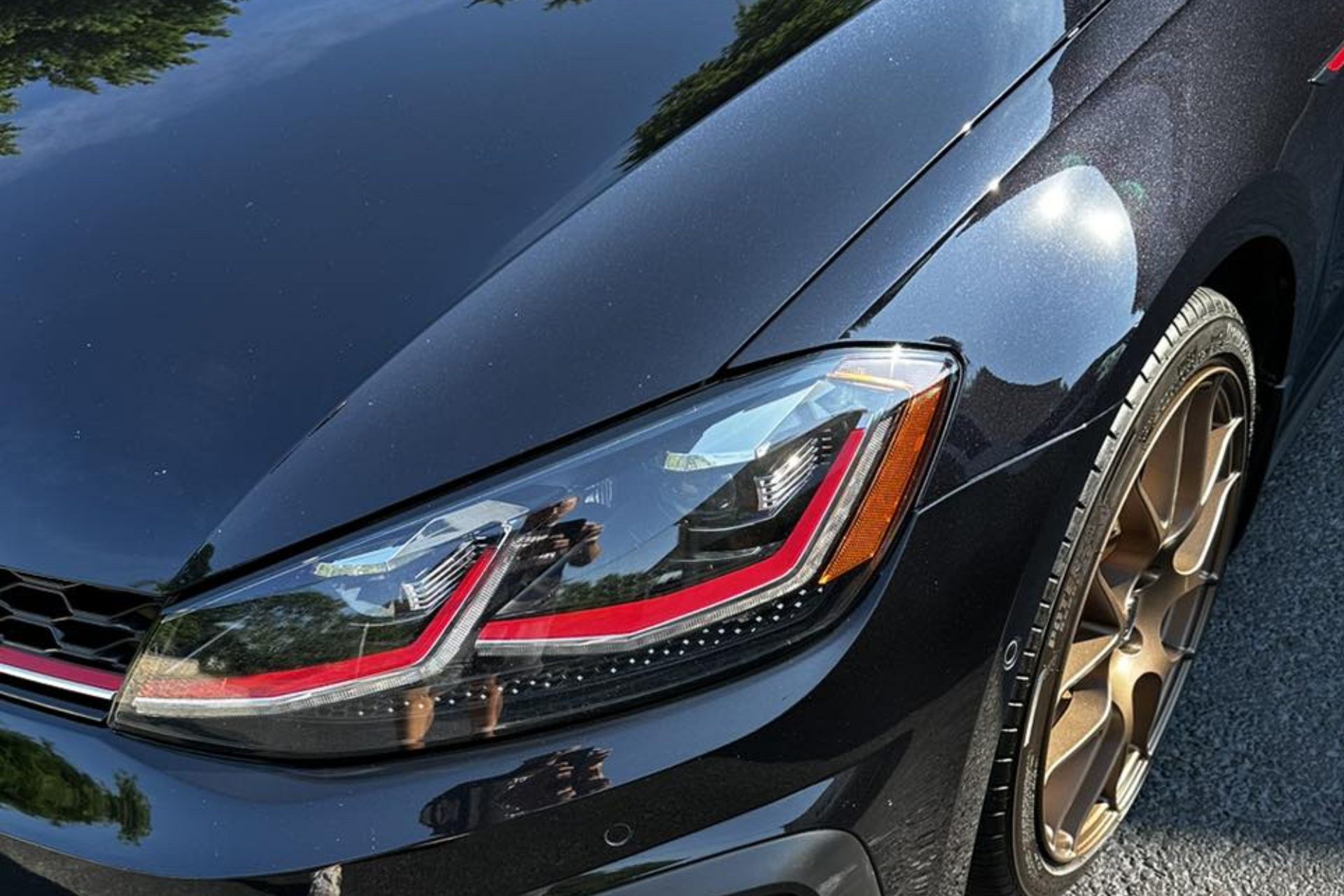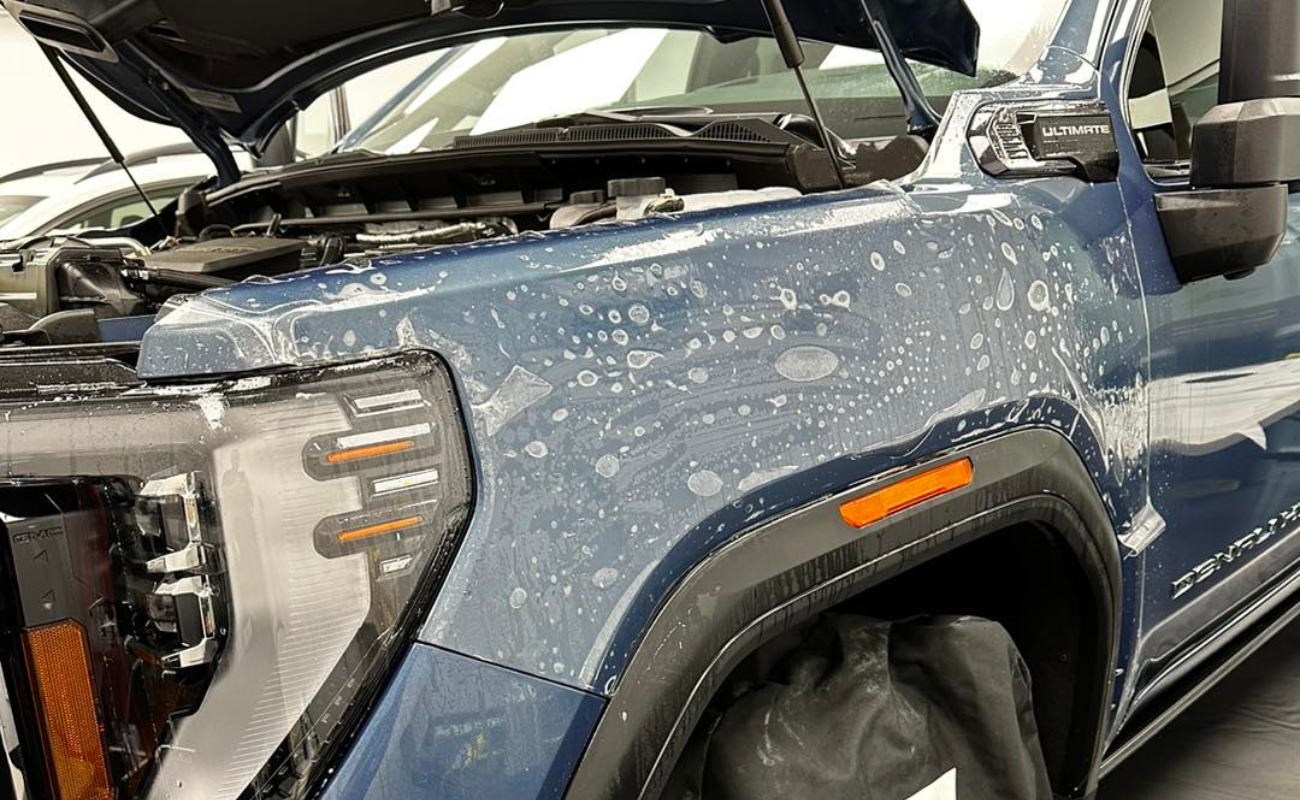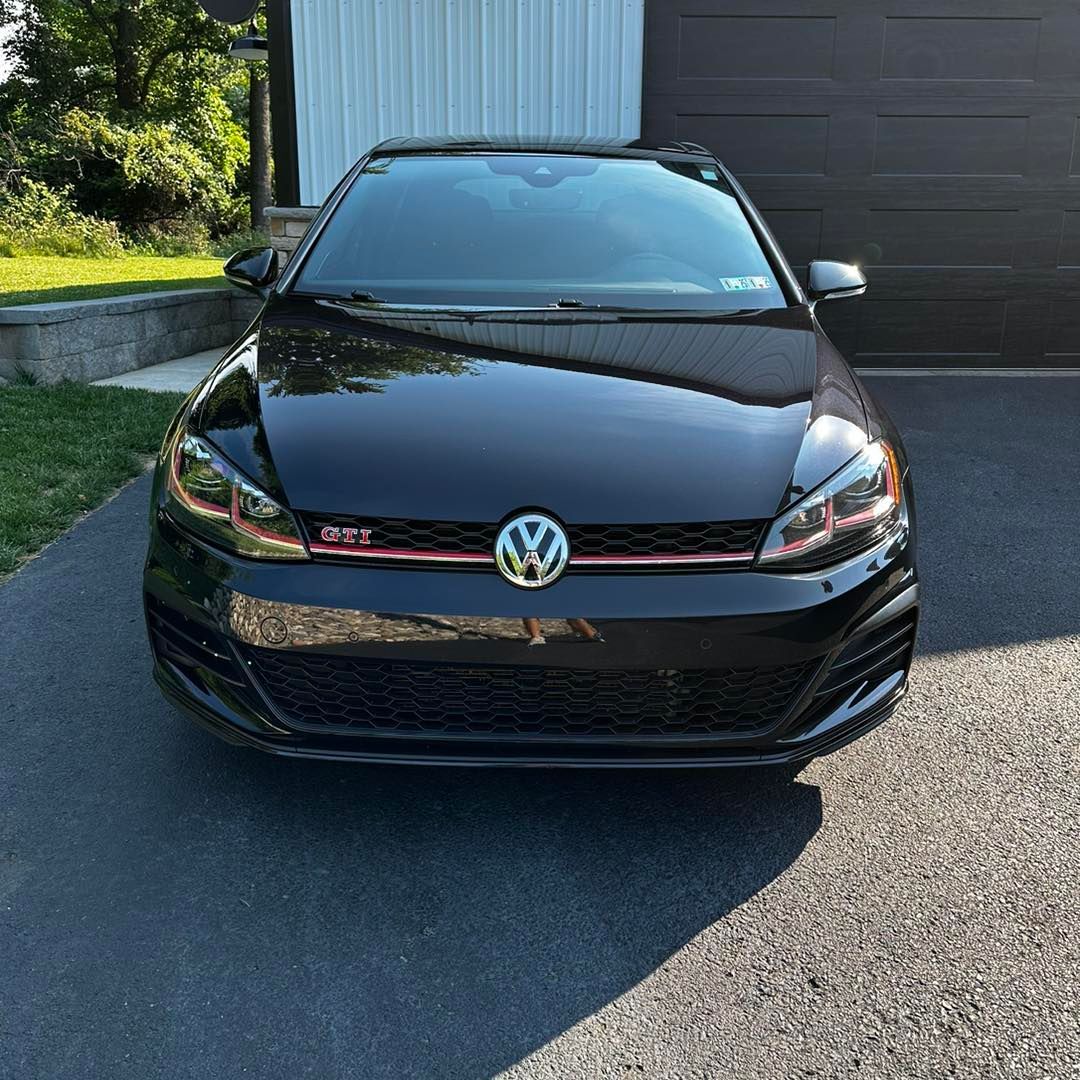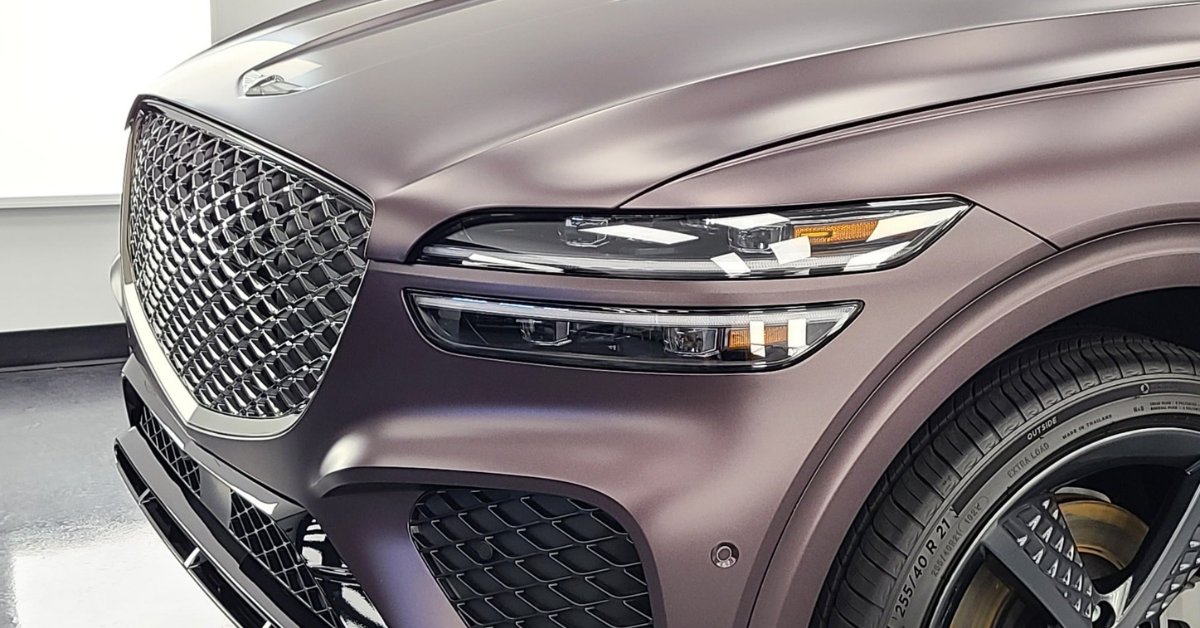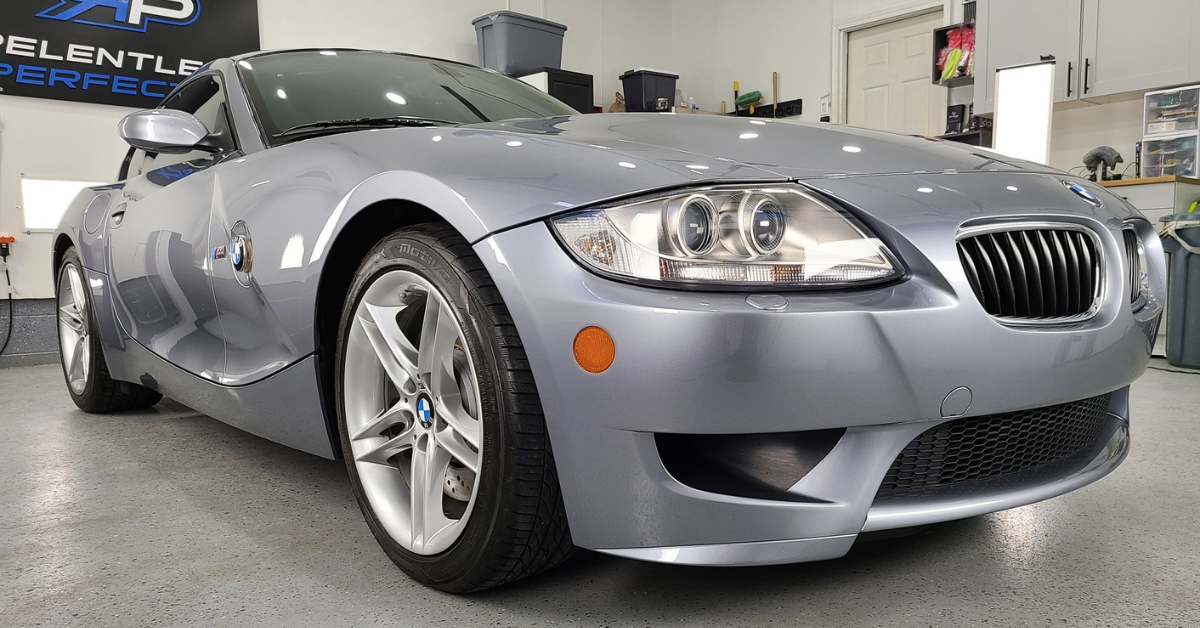Understanding Paint Correction: Why It’s Essential for Your Vehicle
Have you ever gazed at your car’s paint and noticed subtle imperfections that dull its once-vibrant finish? Consider this: paint correction is not merely a cosmetic touch-up but a transformative process that can revive your vehicle’s appearance to showroom quality. As you navigate the world of automotive care, understanding the intricacies of paint correction could be the key to unlocking a new level of aesthetic excellence for your cherished vehicle.
Key Takeaways
- Paint correction restores shine and protects the paint from environmental damage.
- Eliminates imperfections like swirl marks and scratches for flawless appearance.
- Enhances color vibrancy and clarity, preserving a glossy finish.
- Professional services ensure precise results with industry-grade tools.
- Regular maintenance and protective coatings maintain long-lasting correction results.
Importance of Paint Correction
Understanding the Importance of Paint Correction is crucial for maintaining your vehicle’s appearance and value. Over time, your vehicle’s paint can be subjected to various environmental factors, such as UV rays, bird droppings, tree sap, road tar, and other contaminants that can cause damage.
Paint correction is a meticulous process that involves removing imperfections from the surface of your vehicle’s paint to restore its shine and protect it from further harm.
One key benefit of paint correction is enhancing your vehicle’s aesthetics. By eliminating swirl marks, scratches, water spots, and other imperfections, your vehicle’s paint will have a flawless finish that enhances its overall appearance. This not only boosts your car’s visual appeal but also helps maintain its resale value.
Furthermore, paint correction is crucial in protecting your vehicle’s paintwork. By addressing imperfections promptly, you prevent them from worsening and causing long-term damage to the paint. This proactive approach helps preserve the paint’s integrity, preventing corrosion and rust from developing.
Common Paint Imperfections
Regarding common paint imperfections, two key issues that often plague vehicle surfaces are paint swirls and clear coat damage. Paint swirls refer to fine circular scratches that can occur on the clear coat, typically caused by improper washing techniques or abrasive materials.
Clear coat damage, on the other hand, involves any form of deterioration or imperfections on the protective clear layer of paint, leaving the underlying layers vulnerable to further damage.
Paint Swirls
Paint swirls, also known as fine scratches or spider webbing, are common paint imperfections that can detract from the appearance of a vehicle’s exterior. These swirls are typically caused by improper washing techniques, abrasive polishing, or contact with rough surfaces. They appear as circular patterns on the paint surface and can be particularly noticeable under direct sunlight or harsh lighting conditions.
To address paint swirls effectively, a professional paint correction process is often required. This involves using specialized compounds and polishing techniques to gradually remove the fine scratches and restore the paint’s clarity and gloss.
It’s important to note that attempting to remove paint swirls without proper knowledge and tools can result in further damage to the paint surface.
Regular maintenance, such as using high-quality microfiber cloths, gentle washing techniques, and applying ceramic coatings, can help prevent paint swirls from developing.
Clear Coat Damage
Clear coat damage is a prevalent issue in automotive paintwork, often resulting from various environmental factors and improper maintenance practices. This type of damage typically manifests as scratches, oxidation, hazing, and UV exposure.
Scratches can occur from improper washing techniques or contact with abrasive materials, while oxidation and hazing develop over time due to exposure to sunlight, pollutants, and chemicals. UV exposure can cause the clear coat to break down, leading to a dull and faded appearance.
Addressing clear coat damage is crucial to maintain the aesthetics and protect the underlying layers of paint on your vehicle. Neglecting these imperfections can result in further deterioration of the clear coat and eventually impact the base coat, leading to more extensive and costly repairs.
To prevent clear coat damage, it’s essential to use proper washing techniques, apply protective coatings, and seek professional paint correction services when needed. By addressing clear coat damage promptly, you can preserve the beauty and integrity of your vehicle’s paintwork for years to come.
Benefits of Paint Correction
When you opt for paint correction, you can expect enhanced color clarity as imperfections are removed, revealing the true vibrancy of your vehicle’s paint.
Additionally, the process results in a smoother surface, eliminating swirl marks and scratches that may have accumulated over time.
These improvements not only enhance the overall appearance but also contribute to the longevity of your vehicle’s paint job.
Enhanced Color Clarity
For those seeking a meticulous finish to their vehicle’s exterior, paint correction offers a solution that elevates the overall appearance to a new level. Enhanced Color Clarity is a key benefit of paint correction that enhances the vibrancy and depth of your vehicle’s paintwork, providing a showroom-quality finish that turns heads wherever you go.
Enhanced Color Clarity Benefits:
- Deeper Color Intensity: Paint correction removes imperfections, allowing light to reflect uniformly enhancing the depth and richness of your vehicle’s color.
- Vivid Shine: By eliminating swirl marks and scratches, the clarity of the paint is restored, resulting in a glossy, mirror-like shine.
- Long-Lasting Brilliance: The corrected paint surface isn’t only visually striking but also more resistant to fading, ensuring your vehicle’s color remains vibrant for longer.
- Professional Finish: Achieve a flawless, high-definition look that showcases your vehicle’s true color potential, standing out in any setting.
Surface Smoothness Boost
To further enhance the benefits of paint correction beyond color clarity, the focus shifts to the Surface Smoothness Boost. This aspect of paint correction is crucial as it involves refining the surface of your vehicle’s paint to achieve a level of smoothness that isn’t only visually appealing but also functional.
By utilizing advanced polishing techniques, paint correction specialists can effectively remove imperfections such as swirl marks, light scratches, and oxidation that contribute to a rough surface texture.
The Surface Smoothness Boost not only enhances the aesthetics of your vehicle but also plays a significant role in improving the overall durability of the paint. A smooth surface reduces the likelihood of dirt, grime, and other contaminants adhering to the paint, making it easier to clean and maintain the vehicle’s appearance in the long run.
Additionally, a smooth paint surface can contribute to better light reflection, resulting in a more vibrant and glossy finish that will make your vehicle stand out on the road.

Professional Vs. DIY Methods
Understanding the differences between professional and do-it-yourself (DIY) methods in paint correction is crucial for achieving optimal results. When deciding between the two, consider the following:
- Skill Level: Professional paint correction technicians undergo extensive training and have hands-on experience, ensuring precise and effective results. DIY methods require a certain level of skill and knowledge, which may lead to subpar outcomes if not executed correctly.
- Equipment and Products: Professionals use industry-grade tools, such as dual-action polishers and high-quality compounds, that are designed to deliver superior paint correction without causing damage. DIY enthusiasts may not have access to the same equipment and may end up using products that aren’t suitable for their specific paint type, leading to potential issues.
- Time and Effort: Professional paint correction services are efficient and time-saving, as experts can quickly assess and address paint imperfections. DIY methods can be time-consuming, especially for beginners who may need to spend hours researching techniques and practicing before achieving desired results.
- Cost Consideration: While professional paint correction services can be costly, they often provide a higher level of expertise and ensure quality results. DIY methods can be more budget-friendly, but the upfront savings may be outweighed by the potential risks of causing damage that could be costly to repair.
Factors Influencing Paint Correction
Considering the intricacies of paint correction, various factors come into play that significantly influence the overall process and outcome. The condition of the paint, including its thickness, hardness, and existing defects, plays a crucial role in determining the extent of correction required. Paint thickness gauges are used to measure the depth of the paint, guiding the correction process. Hardness testing helps determine the abrasive and polishing compounds needed for effective correction.
Environmental factors such as temperature and humidity impact the correction process. Warmer temperatures can affect the working time of compounds and polishes, while high humidity levels can lead to longer curing times. Controlling these factors in a controlled environment is essential for achieving optimal correction results.
The type of paint and clear coat used on your vehicle also influence the correction process. Different paint systems require specific products and techniques for successful correction. Understanding the composition of the paint on your vehicle is crucial for selecting the right correction methods.
Furthermore, the equipment and tools used during the correction process, such as polishers, pads, and compounds, significantly impact the final results. Using high-quality products and tools suitable for the task at hand ensures a successful correction with a flawless finish. Paying attention to these factors is key to achieving professional-quality paint correction results on your vehicle.
Maintaining Paint Correction Results
Proper maintenance is crucial for preserving the results of a paint correction process on your vehicle. To ensure that your vehicle’s paint correction lasts and continues to look flawless, follow these essential maintenance tips:
- Regular Washing: Wash your vehicle frequently using a pH-balanced car wash shampoo to remove dirt, grime, and contaminants that can degrade the corrected paint surface.
- Use Quality Products: Opt for high-quality car detailing products such as microfiber towels, wash mitts, and drying towels to prevent swirl marks or scratches that could diminish the paint correction work.
- Avoid Abrasive Materials: Refrain from using harsh chemicals, stiff brushes, or low-quality sponges that can damage the corrected paint and undo the correction work.
- Protective Measures: Apply a ceramic coating or paint sealant after the paint correction to provide an extra layer of protection against UV rays, environmental pollutants, and minor scratches.
Investing in paint correction for your vehicle is crucial for maintaining its appearance and value. Just like a skilled artist meticulously touches up a masterpiece to restore its beauty, professional paint correction services can bring your car’s paintwork back to life. By addressing imperfections and enhancing color clarity, paint correction not only ensures a glossy, mirror-like shine but also protects your vehicle from environmental damage for long-lasting results. Don’t underestimate the transformative power of paint correction for your car’s aesthetic appeal.
